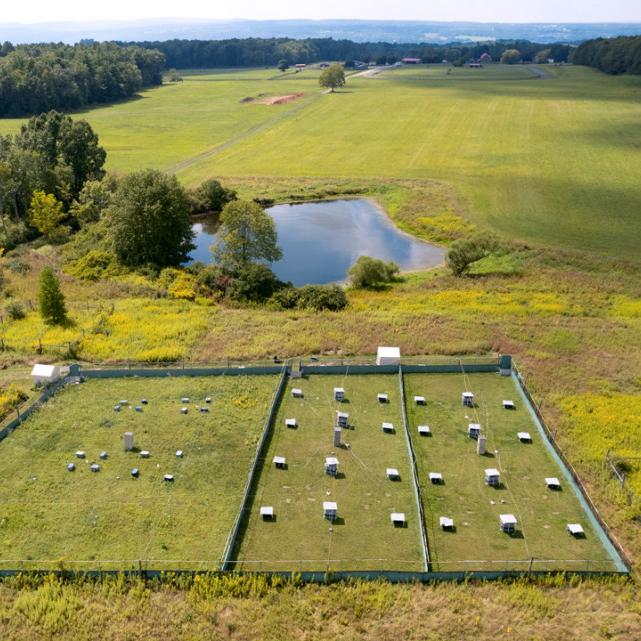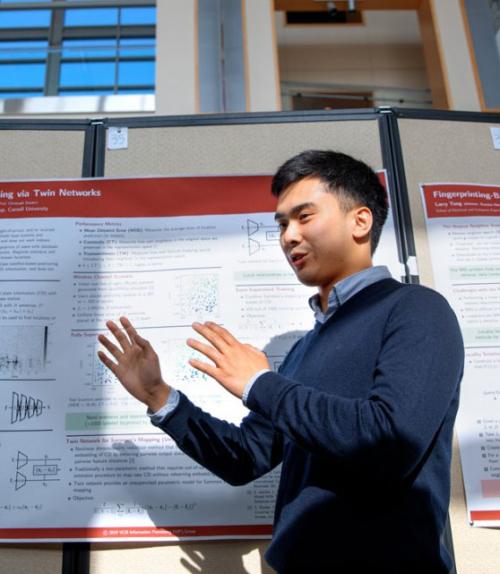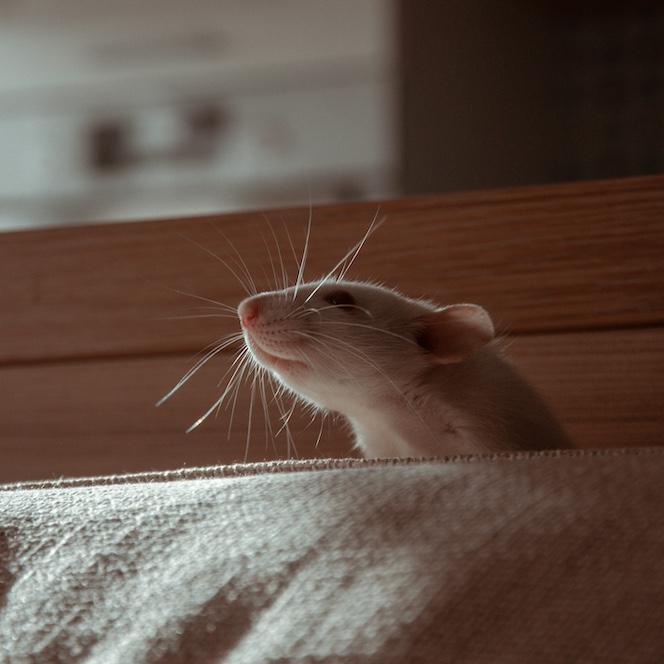
 Department Homepage
Department Homepage
Student research has CURB appeal
It’s a simple task for humans: Sort plants by the colors of their pots. For robots, though, it’s a much more arduous undertaking.In a project blending technical savvy with lofty ambitions, a multidisciplinary team of Cornell undergraduates designed and built an autonomous robot capable of recognizing and handling potted plants.




